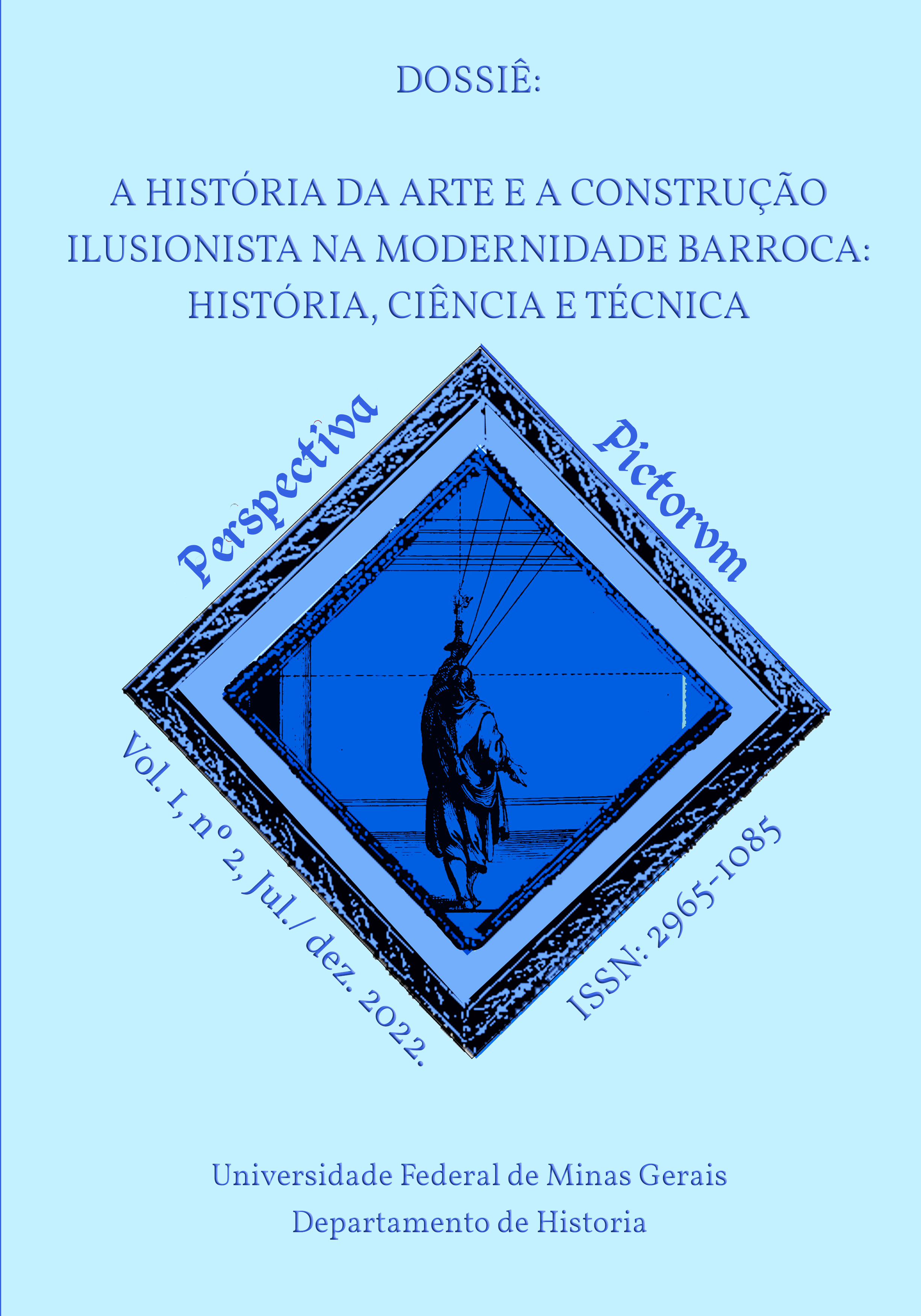Published 2023-02-02
Keywords
- Corpo,
- Espaço,
- Merleau-Ponty,
- Nancy,
- Escultura
How to Cite
Copyright (c) 2023 Yasmin Elganim Vieira

This work is licensed under a Creative Commons Attribution-NonCommercial 4.0 International License.
Abstract
In a scintillating way, the article proposes a reflection on the body, a common and central point that crosses the discussion of art and architecture. With no desire to propose a classification for the body, some of its sensitive and concomitant structures and properties are demonstrated: being openness, being skin, being spatial and being movement. These developments follow from the writings of theories of corporeity from Maurice Merleau-Ponty's phenomenology and from Jean-Luc Nancy's deconstructivism, and from the analysis of the representation of the body in modern sculptures by Giacometti, Rodin and Brancusi. Juxtaposed weave together a sensitivity of issues that allows for the fostering of the notion of the body in a situation. Here, philosophy and art are presented as a theoretical and critical landscape for the discipline of architecture and, with this notion, reveal a fundamental question for the architectural discussion: space as a living, mobile and fleeting process.
Downloads
References
- CARDOSO, Sérgio. O olhar dos viajantes (do etnólogo). In: NOVAES, Adauto (Org.). Olhos. São Paulo: Companhia das Letras, 1989, p.347-360.
- GOMBRICH, Ernst Hans. A História da arte. 16 ed. Rio De Janeiro: Editora LTC - Livros Técnicos e Científicos, 2015, 688 p.
- HUCHET, Stéphane Denis Albert René Philippe. Campo tectônico e campo “plástico” - de Gottfried Semper ao grupo Archigram: pequena genealogia fragmentária. In: MALARD, Maria Lúcia (Org.). Cinco textos sobre arquitetura. Belo Horizonte: Ed. UFMG, 2005. p.170-230.
- MERLEAU-PONTY, Maurice. Fenomenologia da percepção. 4 ed. Tradução Carlos Alberto Ribeiro de Moura. São Paulo: Martins Fontes, 2011, 672 p.
- _____. O visível e o invisível. 4 ed. Tradução José Artur Giannoti e Armando Mora. São Paulo: Perspectiva, 2000, 280 p.
- NANCY, Jean-Luc. Corpus. Tradução Tomás Maia. Lisboa: Vega, 2000, 124 p.
- _____. 58 Indícios sobre o corpo. Revista UFMG, Belo Horizonte, v.19, n.1 e 2, p.42-57, jan./dez. 2012. Disponível em: < https://www.ufmg.br/revistaufmg/pdf/REVISTA_19_web_42-57.pdf >. Acesso: 10 out. 2019.
- NESBITT, Kate (Org.). Uma nova agenda para a arquitetura: Antologia teórica 1965- 1995. Tradução Vera Pereira. São Paulo: Cosac & Naify, 2006, p.661.
- RILKE, Rainer Maria. Auguste Rodin. Tradução Marion Fleisher. São Paulo: Nova Alexandria, 2003, 174 p.
- SARTRE, Jean-Paul. Alberto Giacometti. Tradução Célia Euvaldo. São Paulo: Martins Fontes, 2020, 79 p.
- TSCHUMI, Bernard. Architecture and disjunction. Cambridge: MIT Press, 1996.

